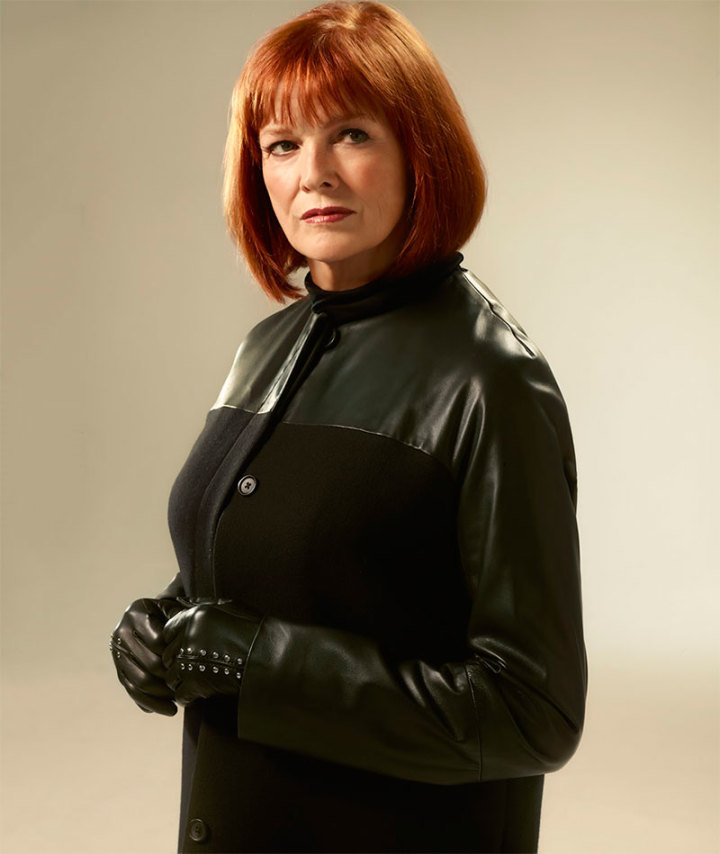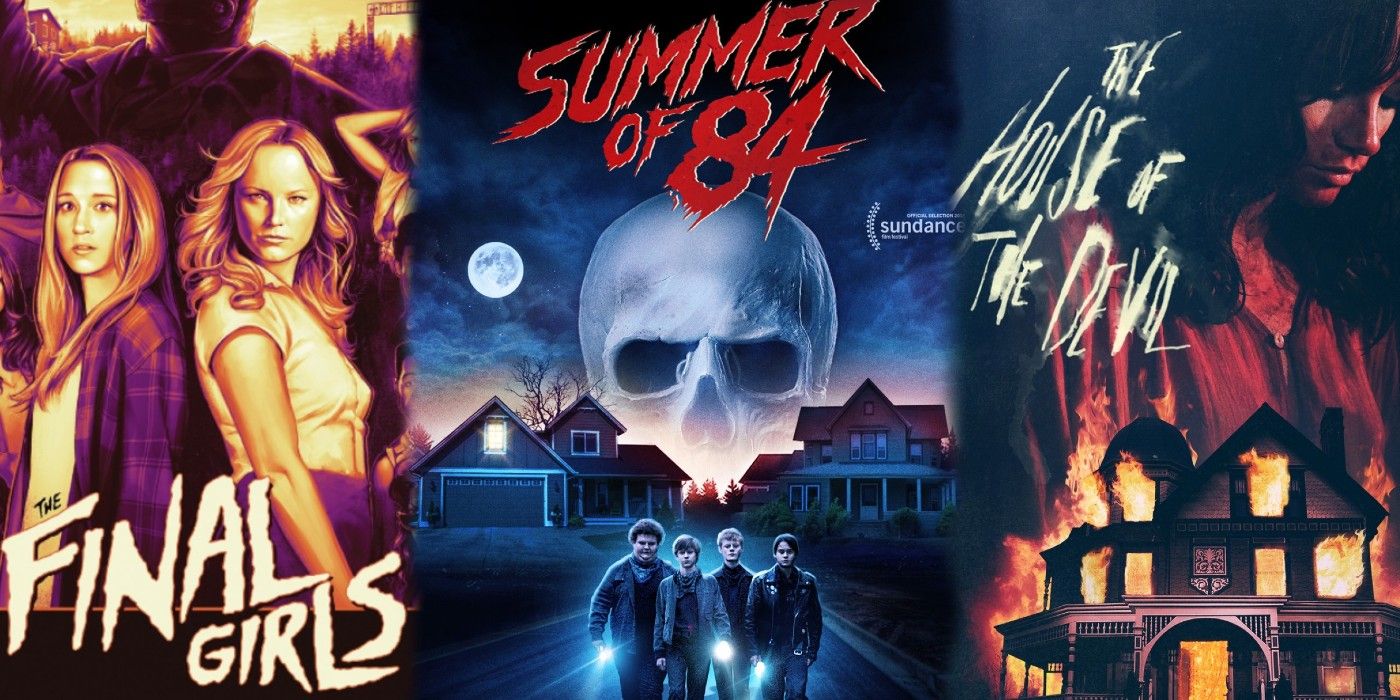
The Broom Cupboard allowed better interaction with the child audience and further promotion opportunities. In September 1985 the BBC countered with a return to in-vision continuity and gave a debut to an unknown presenter who, heavily influenced by Swap Shop, had plied his trade in New Zealand before the call came to be the face of Children’s BBC – Philip Schofield. ITV slowly began to win the pre-5pm ratings war. however, Fast Forward itself succumbed to falling circulation just eighteen months later in 1995.ġ983 saw Watch it! become Children’s ITV with various star presenters (eventually Tommy Boyd became the regular host) acting as a kind of inter-programme VJ. So successful was the magazine, it outsold and eventually spelt the death knell for Look-In. By contrast, BBC Magazines launched Fast Forward in 1989, utilising the 5.35pm junction between Children’s BBC and Neighbours to advertise it. The BBC, by way of a belated response, licenced Polystyle to produce BEEB magazine. Throughout the 70s and 80s, ITV promoted its shows in the magazine Look-In (1971-94). The BBC used Blue Peter along with Swap Shop and later Saturday Superstore and Going Live to promote their new drama series. The long-running magazine Blue Peter (1958 – ) was transmitted on Mondays and Thursdays – a slot it had occupied since going twice weekly in1964. On Tuesdays and Fridays this generally meant contemporary school drama Grange Hill (1978-2008) with Wednesdays reserved for the classic adaptations.
Drama was screened at 5.10pm after John Craven’s Newsround.

To put things in context, children’s television in general was buoyant in this period thanks in part to the very successful BBC ‘mini schedule’ which steered the child audience through the afternoon. The BBC, building upon an impressive body of work from the early 70s onwards, produced some of its very best family drama in this era, embracing cutting edge technology to bring treats like The Box Of Delights (1984) and The Chronicles Of Narnia: The Lion, The Witch And The Wardrobe (1988) to the screen.

The decade saw a new approach to both traditional and contemporary drama by both UK broadcasters: ITV committed itself to regular seasons of children’s plays with Dramarama (1983-89), a kind of youth version of the venerable BBC Play For Today (1970-84), which saw the 1988 television debut of one David Tennant. For me, the pinnacle of this sort of programme was reached in the 1980s. Spooky, always magical and occasionally downright scary dramas are the bedrock of kids’ television.


 0 kommentar(er)
0 kommentar(er)
